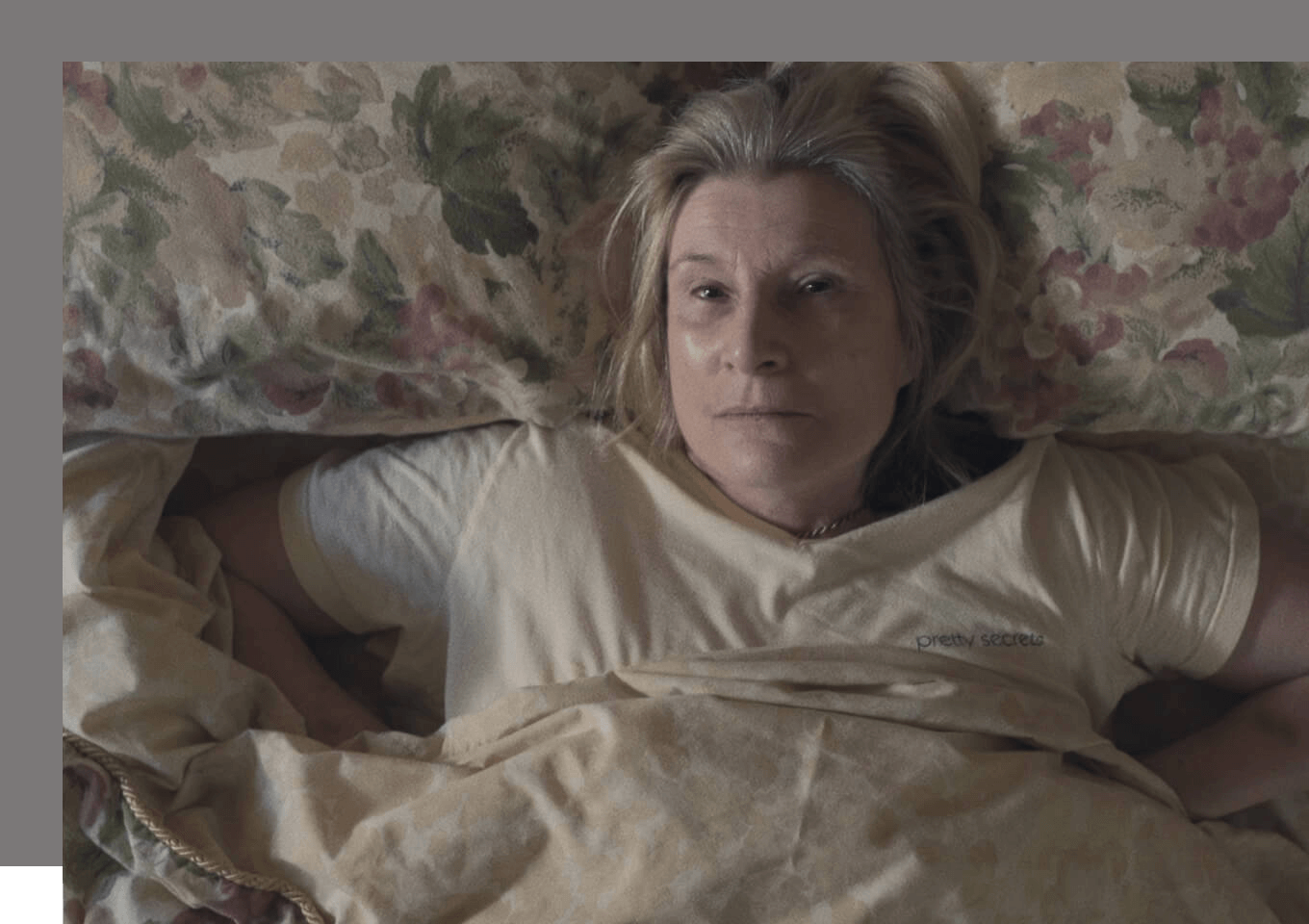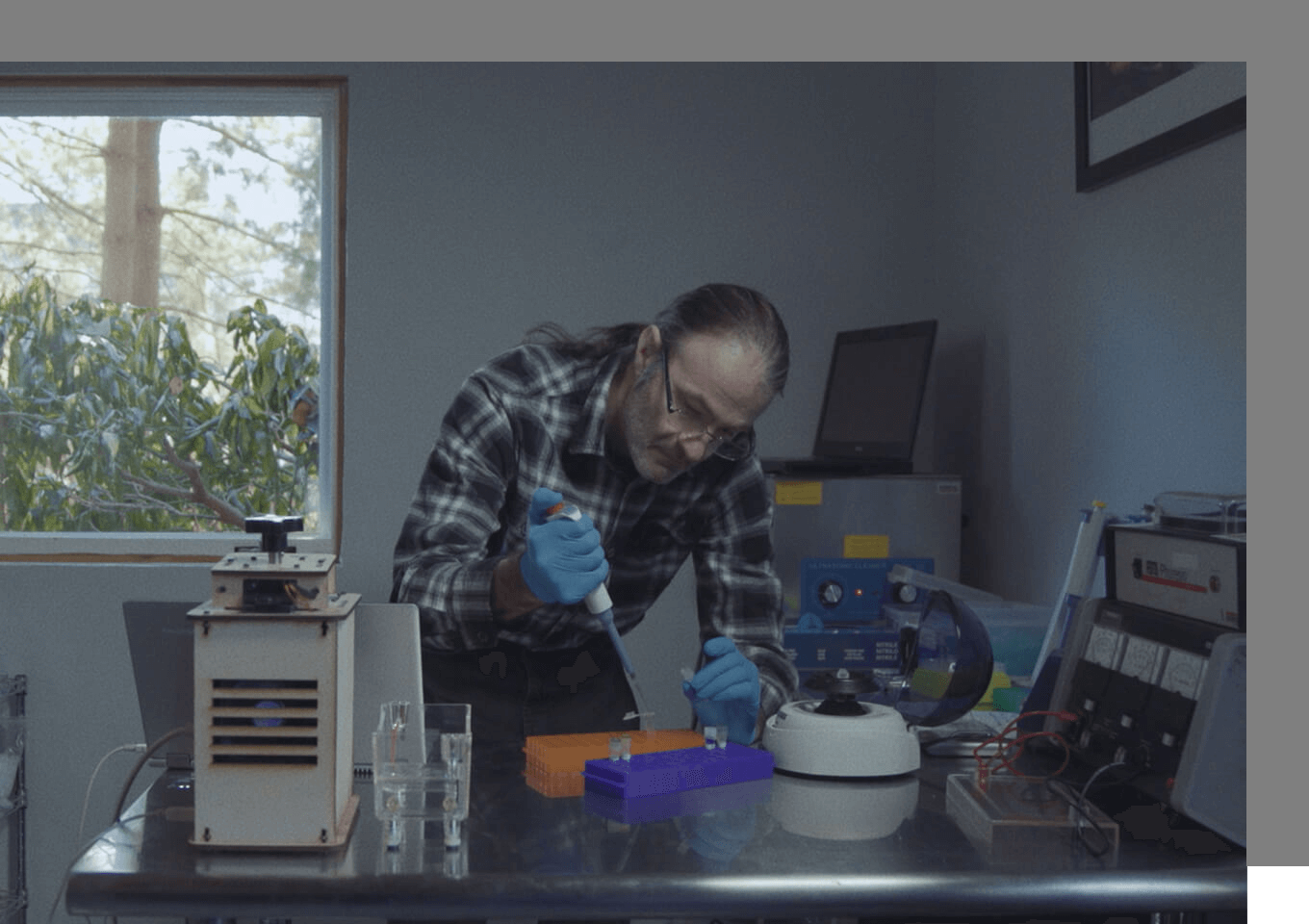Director's statement
Although there have been several attempts to create a documentary film about euthanasia recently, we think our project is unique and different in several ways. The strongest side of the film is the main character Janette Butlin who let the film camera approach her so closely there were no limits or boundaries at all. This way she could be exposed physically and mentally as well and it could be possible for the filmmakers to tell her story in the feature film quality.
The film is shot using the observational method. The film narrative is created by real authentic situations that family members and friends have gone through and their personal thoughts and attitudes towards the issue. The story line is enormously emotional. Her story is entwined with her family and friends who act very naturally in front of the camera - as if the film crew were not even there. The viewer can become a direct witness of all these complicated situations.
Thanks to the authorities in Switzerland, our crew could closely observe the environment of VAD and the viewer has a unique chance to see the process of assisted dying from "behind the closed door" perspective. Even though euthanasia is a present factor throughout the film, it is not a dominant one. Questions regarding moral and ethical standpoints are divulged through this exceptional family.
The aim of the film-makers is to convey a strong human account, to create a visually compelling film with a captivating storyline and one that leaves a significant impact. Society prefers to ignore one of life's most principal realities, despite the fact that musing over an inevitable end is a way to look at life from a different perspective.
Today, in an age where we ask ourselves again and again in which direction we're headed, the time has come to ask ourselves questions of true essence.
Artistic approach
Although there have been several attempts to create a documentary film about euthanasia recently, we think our project is unique and different in several ways. The strongest side of the film is the main character Janette Butlin who let the film camera approach her so closely there were no limits or boundaries at all. This way she could be exposed physically and mentally as well and it could be possible for the filmmakers to tell her story in the feature film quality. The story line is enormously emotional. Her story is entwined with her family and friends who act very naturally in front of the camera - as if the film crew were not even there. There is stronger storyline of the son, who has also inherited mother's incurable illness of muscular dystrophy and therefore has much more sympathy for the ultimate decision of her mother, but he is struggling too with the destiny and is more pro-life and looking into the future with hope for himself. So the final film has now very interested and unique duality.
The viewer can become a direct witness of all these complicated situations. Thanks to the authorities in Switzerland, our crew could closely observe the environment of VAD and the viewer has a unique chance to see the process of assisted dying from "behind the closed door" perspective. Authorities in Switzerland have accessed medical processes and the environment which the viewer has no opportunity to see and assess how the performance of VAD is provided and how transparent it is.
The filmmakers` ambition is to create a film with a concept and style that differ from the genre of the quality journalism as were the previous attempts about this topic. The cinematographic elaboration, narrative through the image and avoiding "the talking heads" are emphasized. A different approach to the subject has been chosen so there is no discussion among the established authorities from the Church, health care or politics who would try to find out whether euthanasia is a right answer to a complicated question. On the contrary, the filmmakers show the intimate family circle that has to face the ultimate decision of their mother and through the authentic behaviour of the protagonists with diversified opinions the viewer can choose one or the other side. Because the crew was allowed to shoot everything, the film goes even deeper and behind the euthanasia topic - the theme of the suffering, faith, freedom and meaning of life are discussed, too.
The purpose of filmmakers is to contribute to the de-tabooing of death. Death has been a taboo topic for a very long time, and today, at a time when we are again asking where we are heading, the time has come for the most important questions. No one likes death and everyone is afraid of it. The company has forced death into oblivion. Most people prefer to ignore this most basic life reality, while thinking about the inevitable end is a way to look at life from a different perspective. Not just as on an enemy to be afraid of, but as a part and inevitable basis of life. The only thing that is essential is WHEN and HOW?







































